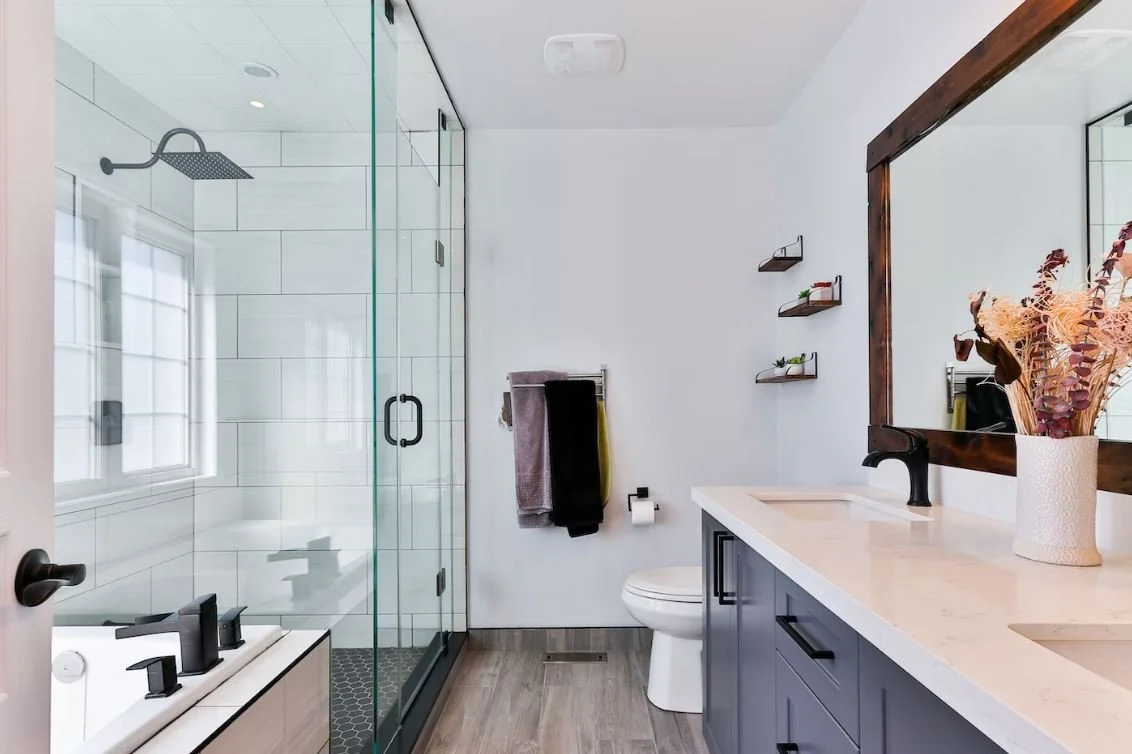How to Successfully Convert Your Tub to a Shower
There are many benefits of converting your tub to a shower. Showers use less water, which is beneficial in drought-stricken areas. They also take up less space and can be installed in almost any location where plumbing is accessible. Converting your tub to a shower might seem daunting but with these tips, it’s an easy process that anyone can do. And once you’ve completed the conversion, you might even have extra storage!
Check for Plumbing and Structural Issues
If you’re considering converting your tub to a shower, ensure your current plumbing will work with the new configuration. If your home was built before 1978, your plumbing is likely made of copper. Copper pipes are cheap but can break down over time through exposure to mineral-heavy water. They can also develop pinhole leaks, a problem unique to copper. If your plumbing system is copper, you’ll have to upgrade it to a more durable system.
You should also check the structural integrity of your bathroom. If there is a wall behind your tub, you’ll need to check that it is sturdy enough to support a shower. If it’s not, you’ll need to reinforce it with a support beam. This can be done by your contractor or hire a Structural Engineer to do the work for you.
Decide on Your Preferred Switch Location
Most people install their switch at head height, around 5 feet. If you are tall and install it at head height, you’ll have to stoop down to turn the water on and off. You can also install the switch at knee height or somewhere in between.
You’ll also have to decide where your shower will be located. Most people install it where the tub used to be, but you can install it somewhere else if you have the space or are willing to do more renovations to your bathroom.
Install the Shower Kit and Shower Panel
The first step in converting your tub to a shower is installing a shower kit. You can purchase a basic kit online or at most home improvement stores. The kit includes a shower panel, showerhead, and wall-mounted faucet. The kit should come with instructions on how to install it. Once you’ve installed the kit, you’re ready to install the shower panel. A shower panel contains all the necessary controls for your new shower, including a thermostat, a pressure gauge, and an on/off switch. You can install the panel above or below the showerhead.
If you want more from your tub to shower conversion, such as installing a corner seat, a ramp, fold-down seats, or specialty safety bars, you may need to consider hiring a professional. They can provide the extras you want while ensuring everything is installed securely and quickly.
Add the Final Touches
Install a shower door that slides or swings, or if you prefer, hang a shower curtain. You may also want to install features like a shelf or caddy to hold shower supplies like shampoo, conditioner, and body wash. Other optional finishing touches include a fogless mirror, waterproof radio, and/or speaker.
Converting your tub to a shower will create space in your bathroom, add storage space with shelves above or outside the shower, and help the environment by using less water. When you convert your tub, check for plumbing and structural issues, decide on your preferred switch location, install the shower kit and panel, and add the final touches.


